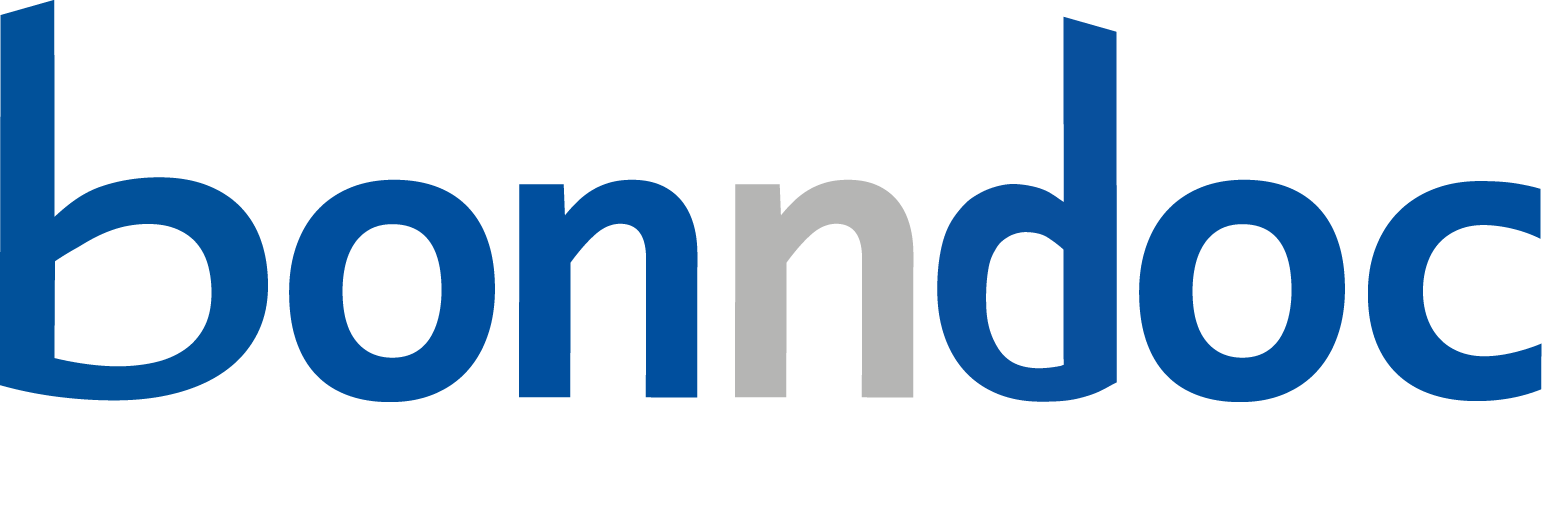Röser, David: Spectroscopy and the Path to Laser Cooling of Zinc. - Bonn, 2025. - Dissertation, Rheinische Friedrich-Wilhelms-Universität Bonn.
Online-Ausgabe in bonndoc: https://nbn-resolving.org/urn:nbn:de:hbz:5-82005
Online-Ausgabe in bonndoc: https://nbn-resolving.org/urn:nbn:de:hbz:5-82005
@phdthesis{handle:20.500.11811/12961,
urn: https://nbn-resolving.org/urn:nbn:de:hbz:5-82005,
author = {{David Röser}},
title = {Spectroscopy and the Path to Laser Cooling of Zinc},
school = {Rheinische Friedrich-Wilhelms-Universität Bonn},
year = 2025,
month = mar,
note = {To enable laser cooling of zinc, a deep UV laser system for the main cooling transition at 214 nm has been developed. The system relies on frequency-quadrupling a titanium-sapphire laser in two consecutive frequency-doubling resonators, delivering up to 10 mW power from 4.3 W at the fundamental frequency. For interrogating the clock transition at 310 nm, a laser system has been constructed by frequency-quintupling of 1548 nm light, taking advantage of the possibility to distribute the clock signal through the existing telecom fiber networks. The system relies on one frequency-doubling and two sum frequency generation processes, eventually yielding 0.5 mW UV light.
A spectroscopic characterization of the 214 nm transition has been performed in collaboration with the Cold Molecule Group at the Fritz-Haber-Institut in Berlin. A beam of zinc atoms, cooled by collisions with He at 3 K, is excited with linearly polarized laser light whose frequency is stabilized to a stable ULE reference cavity. By measuring the fluorescence, isotope shift measurements on all stable isotopes have been performed improving literature values by more than one order of magnitude.
Furthermore, the absolute frequencies of 64Zn and the isotopic center-of-mass have been determined using a wavemeter. The hyperfine structure coefficients A and B of 67Zn, the only isotope with non-zero nuclear spin, have been determined considering the lineshape modification due to quantum interference. A King plot analysis exhibits the expected linearity proving consistency with literature values on the 308 nm line.
For establishing a high-resolution spectroscopy setup in Bonn, isotope shifts on the 423 nm transition of 40,42,44,48Ca have been measured with saturated absorption spectroscopy, improving literature values by a factor of 3. A lock-in technique is employed by sinusoidally modulating the intensity of the pump beam. Possible sources of systematic errors, e.g., buffer gas collisions and radiation pressure-induced distortions of the velocity distribution, are analyzed and either addressed in the experimental design or corrected for during data analysis. For narrow lines, self-collisions appear additionally so that future spectroscopy on intercombination lines should be performed on atomic beams. An optical setup including a ULE cavity to stabilize the laser frequency for the zinc intercombination line at 308 nm has been developed.
For future demonstration of the first laser cooling on zinc, an experimental setup for a magneto-optical trap has been constructed. The design includes the vacuum system, a thermal atom source and the coil system providing the magnetic field gradient. For clock experiments, the “magic” wavelength, at which the AC Stark shift cancels for the clock transition, is calculated to be 410 nm, at which confinement in the sideband-resolved Lamb-Dicke regime with suitable trap lifetimes appears possible.},
url = {https://hdl.handle.net/20.500.11811/12961}
}
urn: https://nbn-resolving.org/urn:nbn:de:hbz:5-82005,
author = {{David Röser}},
title = {Spectroscopy and the Path to Laser Cooling of Zinc},
school = {Rheinische Friedrich-Wilhelms-Universität Bonn},
year = 2025,
month = mar,
note = {To enable laser cooling of zinc, a deep UV laser system for the main cooling transition at 214 nm has been developed. The system relies on frequency-quadrupling a titanium-sapphire laser in two consecutive frequency-doubling resonators, delivering up to 10 mW power from 4.3 W at the fundamental frequency. For interrogating the clock transition at 310 nm, a laser system has been constructed by frequency-quintupling of 1548 nm light, taking advantage of the possibility to distribute the clock signal through the existing telecom fiber networks. The system relies on one frequency-doubling and two sum frequency generation processes, eventually yielding 0.5 mW UV light.
A spectroscopic characterization of the 214 nm transition has been performed in collaboration with the Cold Molecule Group at the Fritz-Haber-Institut in Berlin. A beam of zinc atoms, cooled by collisions with He at 3 K, is excited with linearly polarized laser light whose frequency is stabilized to a stable ULE reference cavity. By measuring the fluorescence, isotope shift measurements on all stable isotopes have been performed improving literature values by more than one order of magnitude.
Furthermore, the absolute frequencies of 64Zn and the isotopic center-of-mass have been determined using a wavemeter. The hyperfine structure coefficients A and B of 67Zn, the only isotope with non-zero nuclear spin, have been determined considering the lineshape modification due to quantum interference. A King plot analysis exhibits the expected linearity proving consistency with literature values on the 308 nm line.
For establishing a high-resolution spectroscopy setup in Bonn, isotope shifts on the 423 nm transition of 40,42,44,48Ca have been measured with saturated absorption spectroscopy, improving literature values by a factor of 3. A lock-in technique is employed by sinusoidally modulating the intensity of the pump beam. Possible sources of systematic errors, e.g., buffer gas collisions and radiation pressure-induced distortions of the velocity distribution, are analyzed and either addressed in the experimental design or corrected for during data analysis. For narrow lines, self-collisions appear additionally so that future spectroscopy on intercombination lines should be performed on atomic beams. An optical setup including a ULE cavity to stabilize the laser frequency for the zinc intercombination line at 308 nm has been developed.
For future demonstration of the first laser cooling on zinc, an experimental setup for a magneto-optical trap has been constructed. The design includes the vacuum system, a thermal atom source and the coil system providing the magnetic field gradient. For clock experiments, the “magic” wavelength, at which the AC Stark shift cancels for the clock transition, is calculated to be 410 nm, at which confinement in the sideband-resolved Lamb-Dicke regime with suitable trap lifetimes appears possible.},
url = {https://hdl.handle.net/20.500.11811/12961}
}






